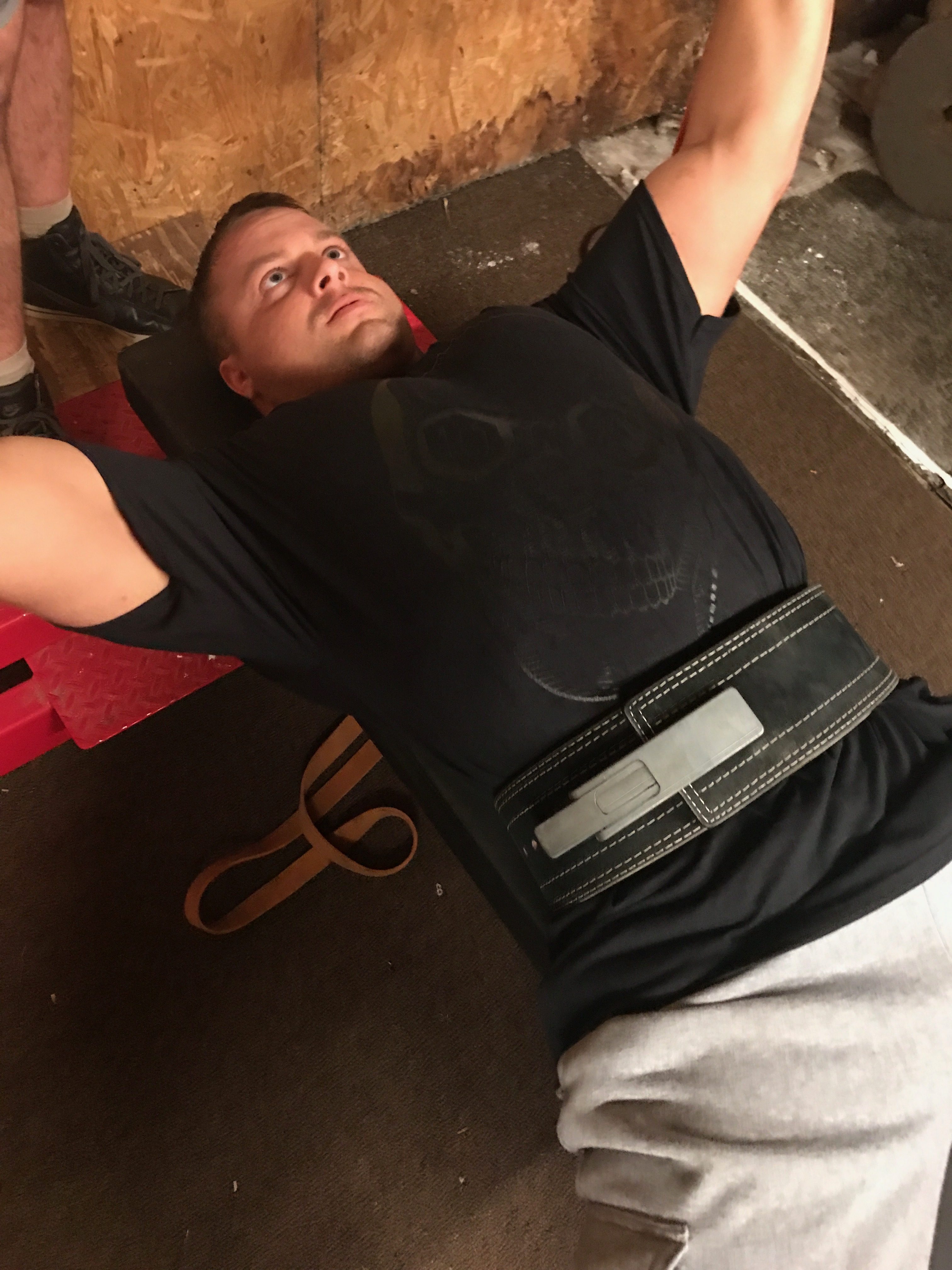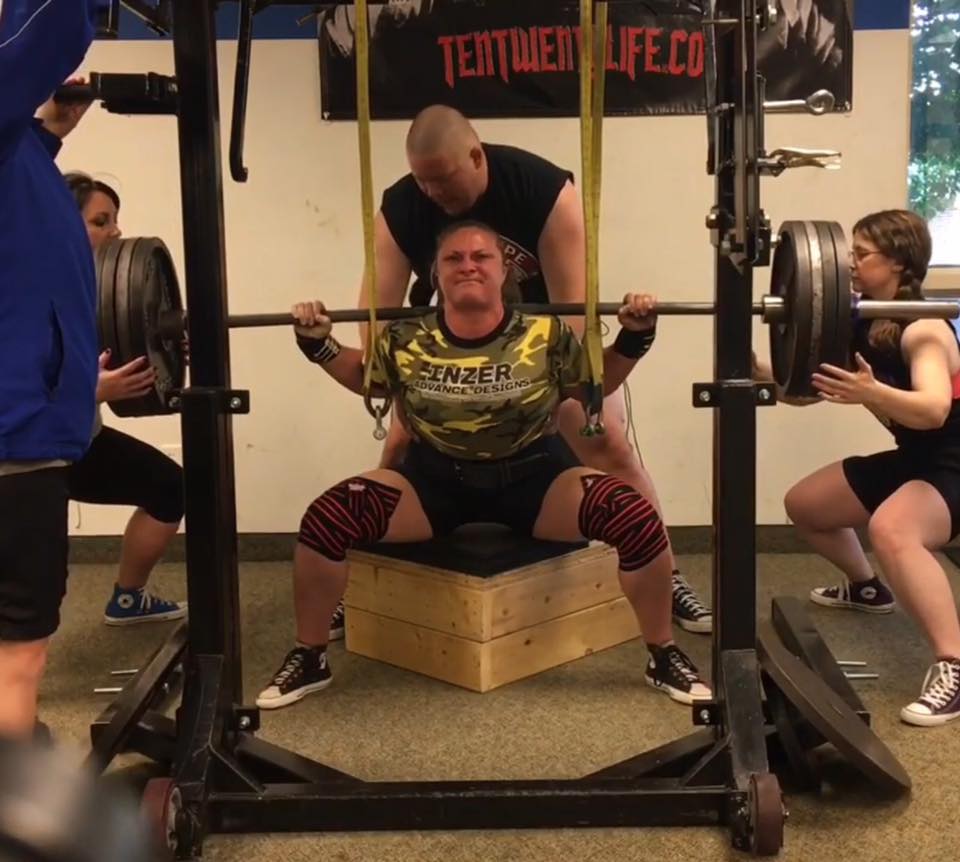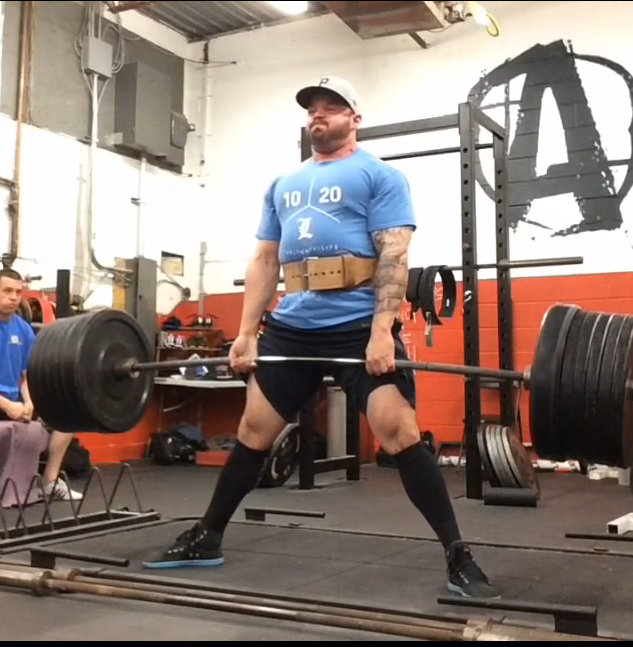
12 Jan Red Line Training; What’s the Rush?
By Paul Oneid
There are a few lessons in this life that are learned over time. Patience is one of those lessons. It often takes some failures, or some missteps, but eventually the great ones always learn to slow down and re-evaluate what they are doing. This applies to business, relationships, education and training. Everyone wants results yesterday and the idea of balancing risk/reward rarely crosses anyone’s mind. When approached with a challenge, or a task, we think “How can I get this done as fast as possible?” or “How can I do this in the most efficient way possible?’ Seldom will someone ask “How can I do this in the safest and most resilient way possible.” The goal is achieved in all three cases, but there are a few very real advantages to the third approach and a few very real disadvantages to the first two.
[wa-wps]
Risk versus reward is a very important relationship to understand when talking about strength. Everything we do within the weight room has an inherent risk. Each time you put a maximal weight on your back, or in your hands, you are risking serious injury. That is a fact. The harder we push ourselves in the gym, the more risk we are taking with our health. The same goes for the choices we make outside the gym. Achieving a great level of strength is a risky endeavor. You need to push your body to its limits. The fastest way to achieve strength is to train with the highest amount of volume possible within a tolerable limit. This means that you need to find the point at which you’re approaching overtraining/over reaching and then remain just below that threshold for the bulk of your training. Now, this seems like a great idea in theory, because you aren’t over training and you’re doing the most amount of work possible, which based on the literature, will result in the highest rate of progress. Assuming you’re deloading regularly, this could be a good approach, but it is very risky.
Think of your body as a racecar. You’re driving your racecar a hair below the red line. You stop to get gas as needed (deload), but then you’re right back to driving like a bat out of hell. A lot can happen right below that red line. Engine temperatures rise, more stress on the components and not to mention, you could crash! What if you turn onto a bumpy road, or its raining, or the temperature outside goes up. All of these will affect the amount of strain on the engine/vehicle. The same goes for training. When you are teetering the line between optimal training load and overtraining, your lifestyle and surroundings come into play. Are you sleeping enough, eating optimally, stressed from your significant other? If any of these factors are ignored, that theoretical red line just moved. Your ability to tolerate training load went down. If the red line goes down and your gas pedal stays pinned, you could get hurt, sick or injured very easily.
The risk to training with such high training loads is much higher when lifestyle influences come into play. Unfortunately we cannot all train at the Olympic Training Center and have all life aspects controlled for us. We are humans. We will inevitably fall victim to our choice of path and need to back off. We will need to pull over, make some repairs and then hit the road again. Slowly at first and then eventually we will end right back up to that red line. This cycle can repeat endlessly until the result of the misstep is so severe that we are forced to stop.
Red line driving may be the fastest way to strength, but it is also the riskiest. Whenever risk is involved, there are consequences. In this case the consequence is that we will need to stop and re-start more often due to imbalances in training load and recovery potential. We are still driving fast, but we have to pull over a lot. How can we have it both ways? How can we make progress, while avoiding some of the inherent risks? We want to be able to drive our car and not have to pull over for repairs. The answer is simple, we need to train below the red line and stop for gas and service before it is required.
Everyone is different and everyone will have a different tolerance for training load, but no one is immune to injury and overtraining. When we train with a solid buffer between our training load and the red line, we can account for lifestyle influences. When we deload more often, we can recover to a larger degree and always training on a full tank of gas and an engine that never needs major servicing. We may be driving slower, but we will reach the destination faster because we won’t have to pull over. Taking a proper off-season to address weaknesses, only training maximally when absolutely required and performing movement and implementing practices to reinforce good physical health are all very important to longevity.
When every young kid gets their first car they ask “how fast can I drive this thing.” Well, when you get older the question becomes “how can I drive this thing so it won’t cost me more money to fix?” Do not be in a rush to achieve results at the expense of increasing risks. If you continue to put in the work, you will get stronger. If you work intelligently and with a plan, you will remain healthy and injury free. The less time you spend on the sidelines, the more you will be able to train in the long run. Don’t red line your car. Set your cruise control and enjoy the scenery. The journey is the destination after all is said and done.
Want to learn more about deloading? Get the 10/20/Life e book.
Paul Oneid
Latest posts by Paul Oneid (see all)
- A Proposition for a Paradigm of Planning Your Personal Periodization - March 4, 2019
- Paul Oneid –> Off-Season | Feet Up Bench PR and Some Squats - March 1, 2019
- Paul Oneid –> Off-Season | A bit of everything - February 21, 2019








Sorry, the comment form is closed at this time.